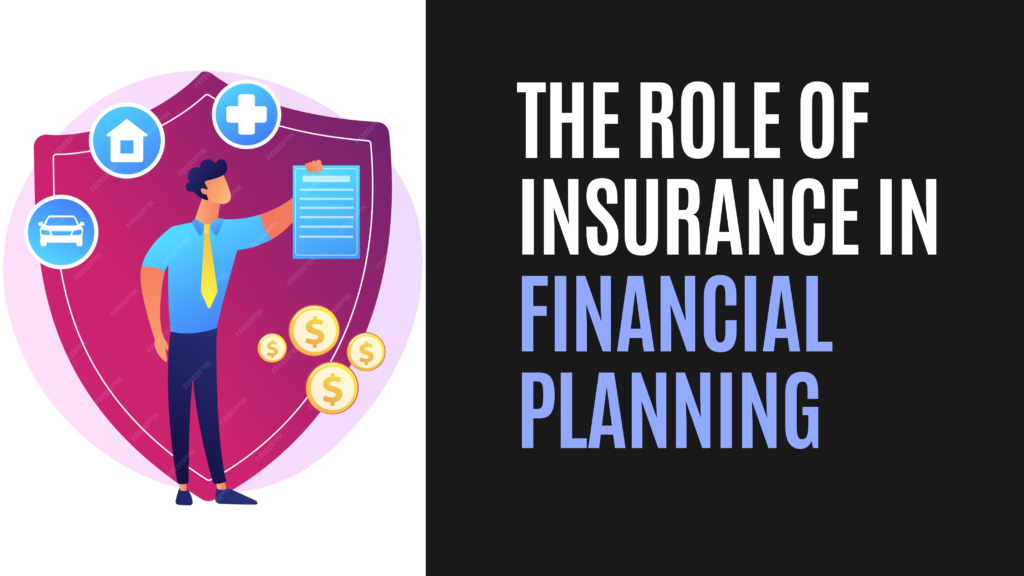The Only Guide to Pacific Prime
The Only Guide to Pacific Prime
Blog Article
All About Pacific Prime
Table of ContentsSome Ideas on Pacific Prime You Need To KnowAbout Pacific PrimeAll About Pacific PrimeThe Buzz on Pacific PrimeThe Best Guide To Pacific Prime

This is because the data were accumulated for a duration of strong economic performance. Of the approximated 42 million individuals who were without insurance, almost about 420,000 (concerning 1 percent) were under 65 years old, the age at which most Americans end up being eligible for Medicare; 32 million were adults in between ages 18 and 65, around 19 percent of all adults in this age; and 10 million were children under 18 years old, regarding 13.9 percent of all children (Mills, 2000).
These quotes of the variety of individuals uninsured are created from the yearly March Supplement to the Existing Population Study (CPS), conducted by the Demographics Bureau. Unless otherwise noted, nationwide quotes of individuals without medical insurance and percentages of the population with different kinds of protection are based upon the CPS, the most widely used resource of price quotes of insurance coverage and uninsurance rates.
The Facts About Pacific Prime Revealed

Still, the CPS is especially beneficial since it creates yearly quotes reasonably rapidly, reporting the previous year's insurance policy protection estimates each September, and due to the fact that it is the basis for a regular collection of quotes for greater than twenty years, enabling analysis of trends in insurance coverage in time. For these reasons, as well as the substantial use the CPS in other researches of insurance protection that are provided in this report, we rely upon CPS price quotes, with restrictions noted.

The quote of the number of without insurance people broadens when a populace's insurance status is tracked for numerous years. Over a three-year period beginning early in 1993, 72 million individuals, 29 percent of the U.S. https://pacific-prime.jimdosite.com/. population, were without coverage for at least one month. Within a single year (1994 ), 53 million people experienced a minimum of a month without insurance coverage (Bennefield, 1998a)
Six out of every 10 uninsured grownups are themselves used. Working does boost the chance that one and one's family members will certainly have insurance coverage, it is not a warranty. Also participants of households with 2 full-time wage earners have virtually a one-in-ten chance of being uninsured (9.1 percent without insurance price) (Hoffman and Pohl, 2000).
The 9-Minute Rule for Pacific Prime
New immigrants represent a considerable percentage of people without medical insurance. One analysis has actually attributed a considerable portion of the current growth in the dimension of the united state without insurance population to immigrants who got here in the nation between 1994 and 1998 (Camarota and Edwards, 2000). Recent immigrants (those who involved the United States within the past four years) do have a high rate of being without insurance (46 percent), however they and their children account for simply 6 percent of those without insurance policy nationally (Holahan et al., 2001).
The connection between medical insurance and access to care is well developed, as recorded later in this phase. The connection between health insurance policy and health and wellness results is neither straight neither easy, a substantial scientific and health and wellness services study literary works web links health and wellness insurance policy protection to enhanced accessibility to care, much better high quality, and enhanced personal and populace health standing.
Degrees of analysis for checking out the impacts of uninsurance. It focuses specifically on those without any type of health and wellness insurance for any type of size of time.
Things about Pacific Prime
The issues dealt with by the underinsured are in some areas similar to those dealt with by the uninsured, although they are normally much less severe. Health and wellness insurance, however, is neither essential neither sufficient to get accessibility to clinical solutions. The independent and straight impact of health insurance coverage on access to health solutions is well developed.
Others will acquire the healthcare they require also without health and wellness insurance coverage, Read Full Report by spending for it out of pocket or seeking it from suppliers that use treatment cost-free or at highly subsidized rates. For still others, health insurance alone does not make sure receipt of treatment since of various other nonfinancial barriers, such as an absence of healthcare carriers in their community, limited accessibility to transport, illiteracy, or etymological and social distinctions.
The 20-Second Trick For Pacific Prime
Formal research study about without insurance populaces in the USA dates to the late 1920s and very early 1930s when the Committee on the Price of Treatment produced a collection of reports concerning financing medical professional office brows through and hospital stays. This problem came to be significant as the numbers of medically indigent climbed up during the Great Clinical depression.
Report this page